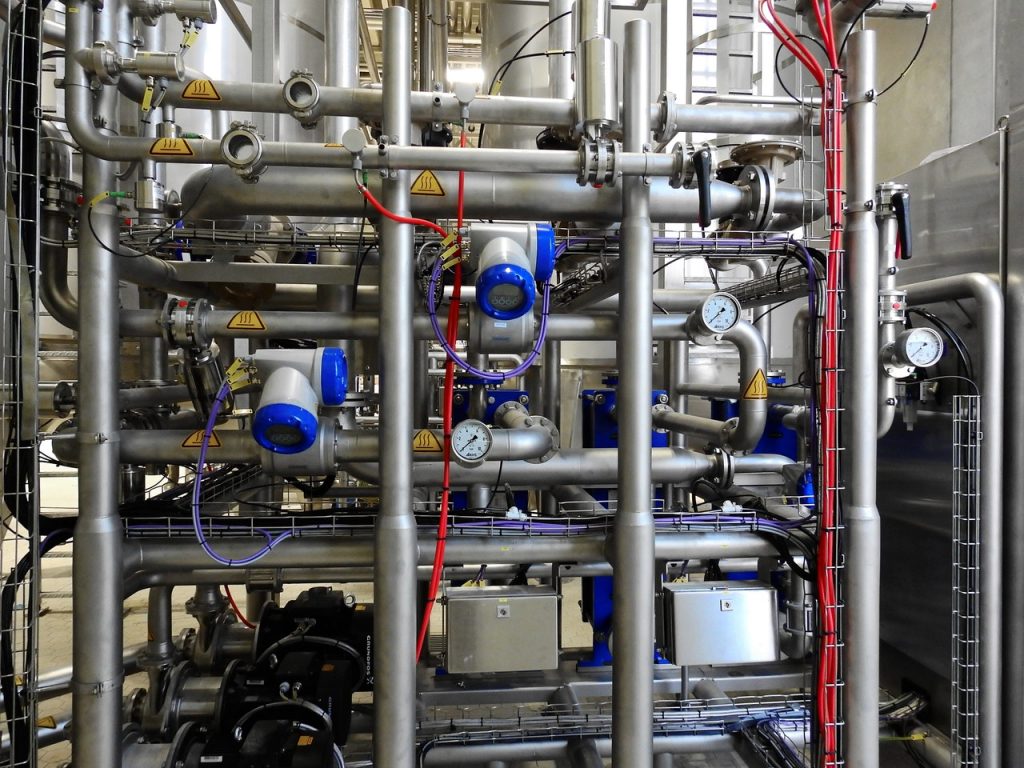The Reliability Engineer plays one of the most significant roles in business, particularly for a business relying on costly and big equipment or technology to operate. A reliability engineer is an individual responsible for tracking the equipment behavior to avoid any downtime that may affect company revenues. While a reliability engineer’s role differs from company to company, their objective is always the same: to minimize equipment downtime, lower maintenance cost, and to avoid business operations interruption.
Reducing Maintenance and Operating Costs:
The fundamental role of a reliability engineer is to develop a plan for monitoring equipment downtime, increasing equipment availability, reducing the production losses and maintenance costs by utilizing different techniques and tools. A Reliability Engineer must determine the optimal maintenance strategies for different pieces of machinery, how to maintain the equipment performing its prescribed duty as intended by the user. Simply put, the Reliability Engineer will assist the company saves money through continuous monitoring and maintenance of the equipment.
Managing and Accessing the Overall Risk:
A Reliability Engineer must manage and access the overall risk to achieve the strategic goals of an organization. A Reliability Engineer must monitor the equipment in question, make suggestions as to when the equipment should be repaired and ensure that the equipment operates in a manner that prevents the company and its staff from being harmed. A reliability engineer uses the following tools for identifying and reducing risks:
It is a tool used for prioritizing the maintenance work and identifying the most critical assets. The analysis also provides useful information to determine what measures will decrease the risk for all plant assets.
Failure modes are how a process can fail. Effects are how such errors can result in faults or damaging results. Analysis of Failure Mode and Effects is intended to define, prioritize and restrict these modes of failure.
Fault tree analysis:
It is a top-down deductive approach used for determining the cause of failures or testing the reliability of a system. It uses Boolean logic for identifying the potential causes of failures before the failure occurs.
Event Tree Analysis:
It is an inductive approach used for evaluating the process and its events leading to a possible accident. ETA’s principle is comparable to FTA’s technique with the distinction that events leading to failure are noticed in ETA, not just a failure as in the case of the FTA.
Life Cycle Management:
Studies indicate that up to 95% of an asset’s Total Ownership Cost (TCO) or Life Cycle Cost (LCC) is determined before it is used. This shows the need for the Reliability Engineer to participate in project design and installation phases for new resources and current asset alteration. Before starting a project, the Reliability Engineer needs to be involved on what kind of equipment needs to be bought, what kind of ROI the company can expect in exchange, as well as how and where to install that piece of equipment. All these considerations are highly crucial to lowering cost of ownership and achieving high maintainability of the equipment. If during the design stage, a project manager fails to consult a Reliability Engineer, this could result in additional maintenance costs down the line.
Responsibilities and Duties:
A Reliability engineer generally:
- Work with Project Engineering to guarantee that new and altered installations are reliable and maintainable.
- Participate in design development and implementation phase.
- Develop tests for acceptance and criteria for inspection.
- Guide efforts for ensuring the reliability and maintenance of assets, products, and processes.
- Develop and monitor an Asset Maintenance Plan for effective utilization of strategies and designed for identifying and isolating reliability problems.
- Develop and maintain the Risk Management Plan for identifying and managing all risks.
- Should apply different techniques like Fault Tree Analysis, Weibull Tree Analysis, Six Sigma Methodology, Root Cause Analysis and Statistical Process Control for developing engineering solutions to repetitive failures.
- Perform analysis of the assets including assets utilization, equipment effectiveness, and remaining useful life, etc. This step is performed in collaboration with the production process.
- Provide technical assistance to manufacturing, maintenance, and technical staff.
- Apply value analysis for repairing/replacing, repairing / restructuring, and making / buying decisions.
Industries We Serve!

Our reliability engineers experts evaluate your plant mainteance program maturity, and develop a strategies to achieve short, middle and long terms benefits using proven world-class best practices.

We streamline any production and manufacturing process by applying a blend of proven methodologies such as Six Sigma Lean, Overall Equipment Effectiveness (OEE) and Total Productive Maintenance (TPM).

Our Facilities Services main goal is to provide operating savings by proactively maintaining the premises and supporting systems in optimal conditions. We focus on three major areas: Energy efficiency, Maintenance Cost and Equipment Reliability.

